
David Lemke – (Re) Defining the Core: The Key to Functional & Corrective Exercise
Clinicians understand that lasting pain relief and truly improved fitness depend on core stability and peripheral mobility. But long-term results are elusive! It is generally agreed that to have peripheral mobility, you must have core stability. Functional exercise is any exercise which acknowledges this and engages the body for this express purpose.
Observe how EMG explores the primary defensive bias governing the Central Nervous System, the body’s true Core. Once we have observed this bias, which we’ll call the “Twist,” we discuss how it leads to the most common functional problems. Rather than focusing on targeting areas for strength or stability, participants learn to correct movement dysfunction by directing appropriate exercise toward the CNS. These methods can be easily learned and applied by athletic trainers and related health and fitness professionals, massage therapists, physical and occupational therapists – anyone who uses exercise as part or all of their program. You will complete this recording equipped with new knowledge and strategies to help move clients and patients through the vital steps toward lasting function: improved balance, coordination, and effortless posture.
- Describe how measurable (visible) pathologies correspond with underlying muscle patterns.
- Explain the concept of learned motor patterns driving tissue adaptation (Wolff’s Law).
- Apply exercises which target the CNS to restore muscle inventory lost to compensation.
- Identify and correct defensive postural adaptation using a single integrated motion.
- Demonstrate movement strategies which are immediately and favorably integrated by the CNS, thus avoiding exercises which the body resists as “invasion.”
VITAL DEFINITIONS: ESSENTIAL ELEMENTS OF CORE COMMUNICATION
- Correctly defining the CORE is key to functional training
- Rules of communication
- How the technology explosion in healthcare impairs genuine communication
- Why outcomes have not improved in an age of research data availability
- The Definition Game: 10 ill-defined words we all rely on every day
LAB: KINESIOLOGICAL SURFACE EMG TESTING
- Volunteers selected, skin preparation, system test
- Single arm raise task in standing
- Video and sEMG recording of test activity
- We take requests: “Any movement you’re curious about? Let’s test it!”
MUSCLES 101
- Learning how the CNS sees muscles
- Reviewing sEMG data to observe “chains” vs. groups
- Muscles, mood, and movement (Cuddy, et. al. i.e. current research review)
- CNS perspective: Opposing chains with broken links
- Implications of CNS as CORE: Motor learning in an always on, 24/7, learning, adapting system
WHAT IS THE CORE TWIST: HOW THE HUMAN MOTOR SYSTEM TRAINS ITSELF
- Lower quarter symptoms – most common underlying pathologies – the Core pattern as driver
- Upper quarter symptoms – most common pathologies – the Core pattern as driver
- Review of definitions from the Definition Game
- How far off were we?
- Recognizing the simple elegance of functional chains
TRAINING FUNCTIONAL CHAINS: EXERCISING OUT OF THE TWIST
- Training vs. exercise: Targeting the CNS with structured, resisted movement
- Opposing teams or an orchestra at work?
- Crosstraining out of the Twist
- Any exercise NOT countering the Twist is NOT Functional
LAB: THE FUNCTIONAL CHAIN GAME
- Workshop it !
- Demo and practice: XC Skiing, backwards resisted walking, etc.
- Best of the group brainstorming: FCT demo and SkiX activity
- Signs of success: Posture, balance, and youthful boldness
What is health?
The word health refers to a state of complete emotional and physical well-being. Healthcare exists to help people maintain this optimal state of health.
According to the Centers for Disease Control and Prevention (CDC), healthcare costs in the United States were $3.5 trillionTrusted Source in 2017.
However, despite this expenditure, people in the U.S. have a lower life expectancy than people in other developed countries. This is due to a variety of factors, including access to healthcare and lifestyle choices.
Good health is central to handling stress and living a longer, more active life. In this article, we explain the meaning of good health, the types of health a person needs to consider, and how to preserve good health.
In 1948, the World Health Organization (WHO)Trusted Source defined health with a phrase that modern authorities still apply.
“Health is a state of complete physical, mental, and social well-being and not merely the absence of disease or infirmity.”
In 1986, the WHOTrusted Source made further clarifications:
“A resource for everyday life, not the objective of living. Health is a positive concept emphasizing social and personal resources, as well as physical capacities.”
This means that health is a resource to support an individual’s function in wider society, rather than an end in itself. A healthful lifestyle provides the means to lead a full life with meaning and purpose.
In 2009, researchers publishing inThe LancetTrusted Source defined health as the ability of a body to adapt to new threats and infirmities.
They base this definition on the idea that the past few decades have seen modern science take significant strides in the awareness of diseases by understanding how they work, discovering new ways to slow or stop them, and acknowledging that an absence of pathology may not be possible.
David Lemke – (Re) Defining the Core: The Key to Functional & Corrective Exercise
Readmore About : David Lemke







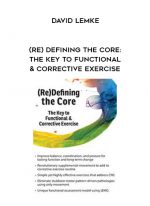
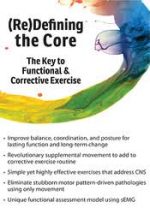

![[Audio and Video] BT10 Keynote 04 - Core Tasks of Psychotherapy: What "Expert" Therapists Do - Donald Meichenbaum](https://ivseed.info/wp-content/uploads/2022/03/ajHcWg3pZEWoZ4CLN52R4A-200.jpg)



![Actioncoach.Kajab - Brad Sugars Profit Masters [Billionaire in Training] download](https://ivseed.info/wp-content/uploads/2022/03/zz.jpg)





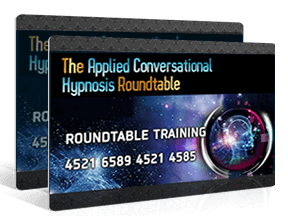




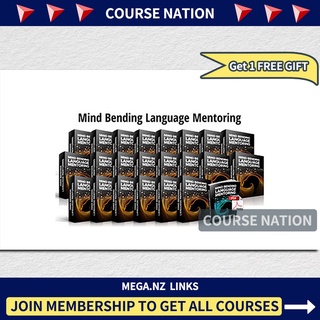
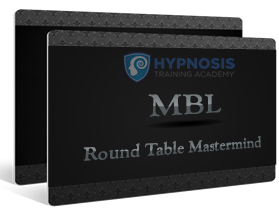




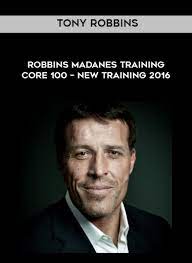


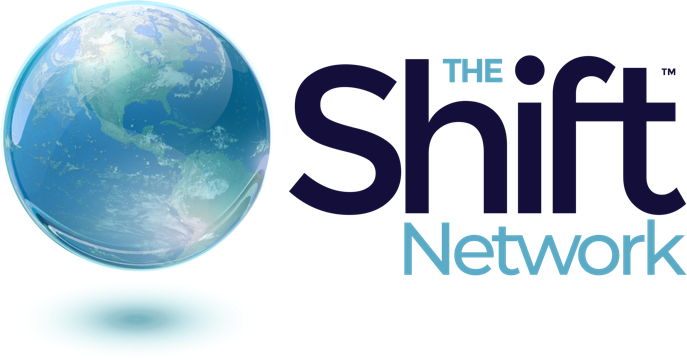







Reviews
There are no reviews yet.